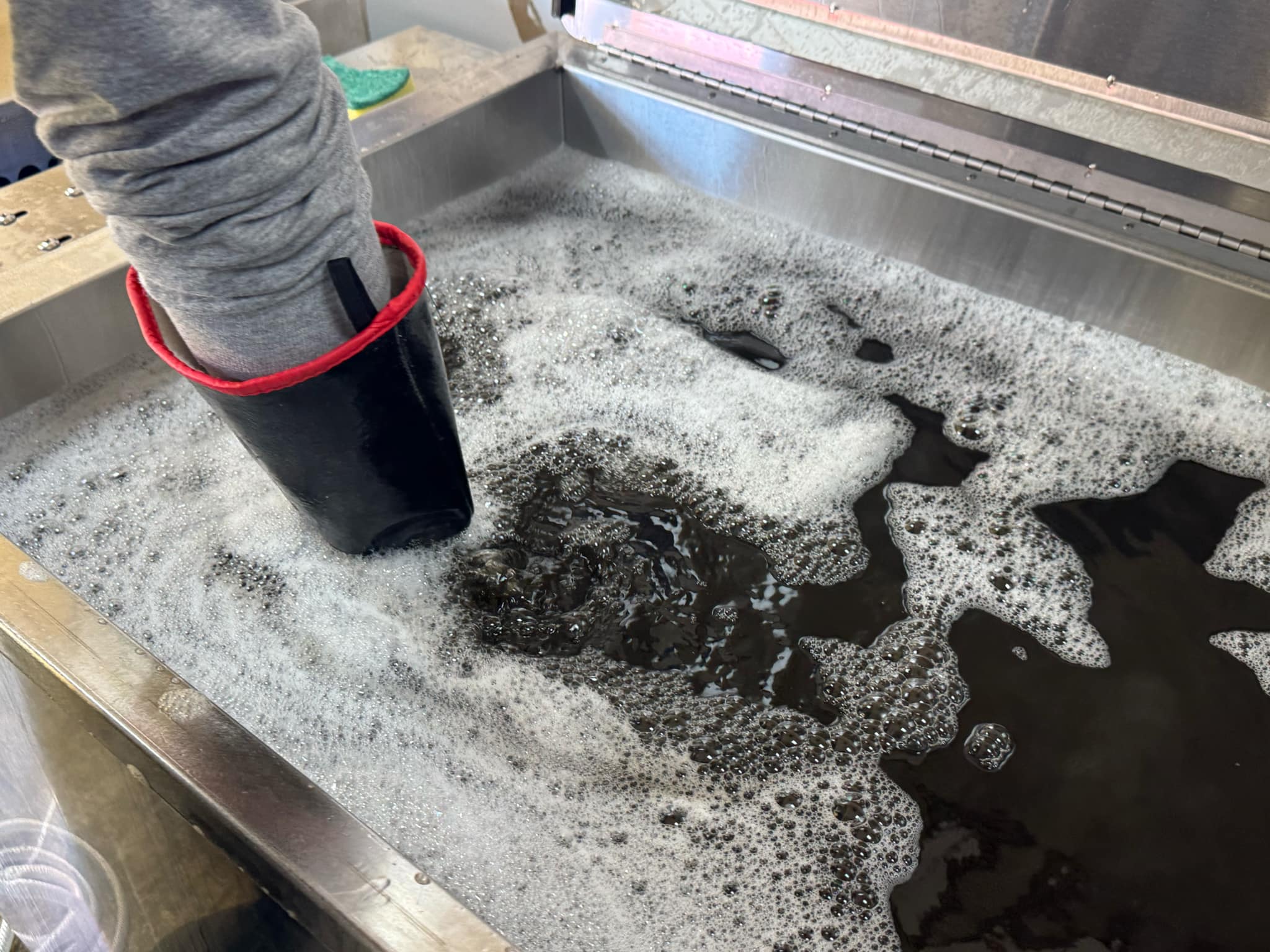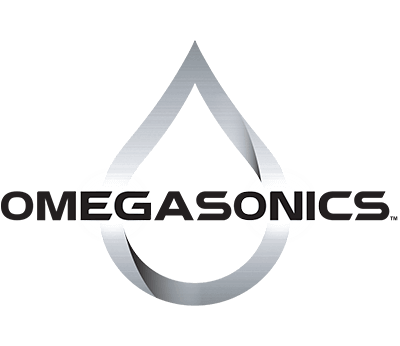
Ultrasonic cleaners are essential tools in various industries, from medical and dental applications to fire restoration, jewelry cleaning, and industrial parts washing. Despite their widespread use, these machines go by many different names, leading to confusion among new users and even industry professionals. Some common names include:
- Ultrasonic Cleaner
- Sonic Cleaner
- Ultrasonic Washer
- Ultrasound Cleaner
- Ultrasonic Bath
- Ultrasonic Tank
- Ultrasonic Degreaser
- Cavitation Cleaner
- Industrial Ultrasonic Cleaner
Each of these names reflects different uses, industries, or branding preferences, but ultimately, they all describe the same fundamental technology: cleaning through high-frequency sound waves that create microscopic bubbles, known as cavitation, to remove dirt, grease, soot, and contaminants from various materials.
Why Are Ultrasonic Cleaners Called So Many Different Names?
The variety of names for ultrasonic cleaners stems from several factors:
1. Industry-Specific Terminology
Different industries use ultrasonic cleaning for different purposes, which has led to specialized naming conventions:
Medical and Dental Fields: Often refer to these machines as ultrasonic baths or ultrasound cleaners because they use them to clean surgical instruments, dental tools, and delicate lab equipment.
Jewelry and Watchmaking: Commonly use the term ultrasonic cleaner or sonic cleaner for cleaning gold, silver, and delicate stones.
Fire and Disaster Restoration: In contents restoration, professionals use ultrasonic washers to remove soot, smoke, and contaminants from household items, electronics, and collectibles.
Industrial and Manufacturing Sectors: These industries often use ultrasonic degreasers or cavitation cleaners to remove oil, grease, and machining residues from metal and plastic parts.
2. Branding and Marketing Strategies
Manufacturers and retailers often use different names to market the same product to different audiences. For example:
Some brands highlight sonic cleaning to make it sound more futuristic and appealing to customers unfamiliar with the term ultrasonic.
The term ultrasound cleaner might be used to emphasize the use of high-frequency sound waves, which can resonate more with scientific or medical buyers.
Ultrasonic washer suggests a more general-purpose cleaning function, appealing to those who think of it similarly to a washing machine.
3. Size and Design Differences
While the core technology remains the same, the design and size of ultrasonic cleaners can vary, leading to different names:
Ultrasonic Bath: This term is often used for benchtop models where items are fully submerged in a cleaning solution.
Ultrasonic Tank: Larger models, especially those used in industrial settings, are sometimes referred to as tanks due to their size and durability.
Portable Sonic Cleaners: Smaller, personal-use models for home or professional use are sometimes marketed as portable or compact ultrasonic cleaners.
4. Technical Descriptions and Functionality
Some names emphasize specific cleaning features:
Cavitation Cleaner: Highlights the cavitation process, which is the fundamental mechanism of ultrasonic cleaning.
Ultrasonic Degreaser: Used primarily in industries where removing grease and oil is a primary function, such as automotive and aerospace.
Do Different Names Indicate Different Performance?
Despite the variety of names, the fundamental working principle remains the same: ultrasonic waves create cavitation, which removes contaminants from surfaces. However, differences in power, frequency, tank size, and cleaning solution compatibility can impact performance.
Higher Frequency (Above 80 kHz): More suitable for delicate cleaning, such as in jewelry or electronics.
Lower Frequency (25-40 kHz): More aggressive cleaning, ideal for industrial parts and heavily soiled items.
Tank Size: Determines the volume and size of items that can be cleaned.
While a sonic cleaner and an ultrasonic washer may sound different, they often function identically when specifications are the same.
Conclusion
The multiple names for ultrasonic cleaners come from industry preferences, marketing strategies, and functional variations. Whether you call it an ultrasonic cleaner, sonic cleaner, ultrasonic bath, or cavitation cleaner, the core cleaning method remains the same. When selecting an ultrasonic cleaner, it’s essential to focus on its specifications, such as frequency, power, and tank size, rather than just the name it’s marketed under.
Understanding these different names helps buyers and professionals make informed decisions without getting lost in terminology. If you’re in the market for an ultrasonic cleaner, knowing these naming conventions ensures you get the right machine for your specific needs.
